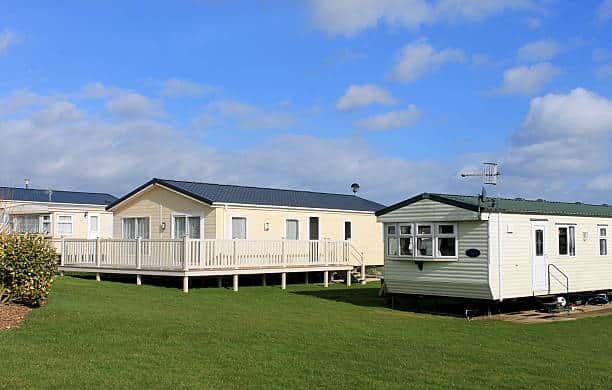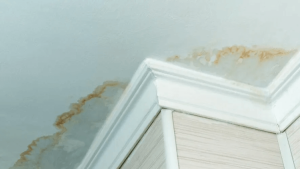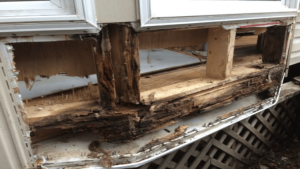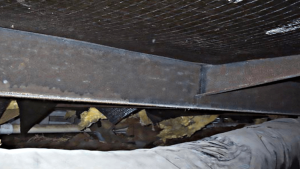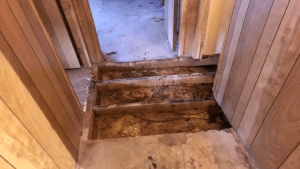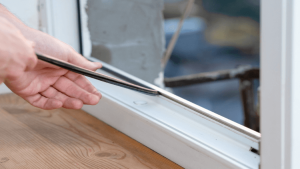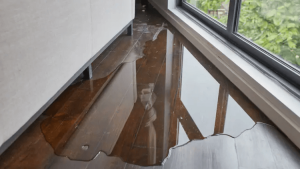Mobile homes are the cheaper alternatives to single-family homes and apartments. They are built in a very different style than regular homes, making them an attractive investment opportunity for those looking to diversify their portfolio. While they are different from regular homes, mobile homes do not have to feel different.
But before you invest in these homes, it’s important that you do extensive research about mobile homes, the parks they are built in, and the neighborhood. Most importantly, a thorough inspection that checks every corner of the house is a must if you want convenience. It’s even more important if you are buying used mobile homes.
Things to Inspect Before Buying Used Mobile Homes
Below we have listed a few crucial things to watch out for when inspecting this relatively small yet convenient piece of property.
Foundation and Flooring
The foundation of a mobile home is the main aspect that separates mobile homes apart from traditional apartments. If the home is built following the local codes, it will be on either concrete slabs or piers. Usually, the concrete blocks are placed on the crushed rocks, giving these homes a solid foundation. You must check the foundation of the mobile homes before buying them.
Crawl Space
Take a good look at the bottom of the house to detect any leakage, soft floor, and other damages. Improper insulation in these homes can lead to pests and moisture. While you are at it, look for the signs of concrete sinking. Soft floor or weather conditions can lead to the mobile home sinking on the ground over time.
Note that the flaws in the crawl space are not easily obvious. This part of your mobile home must be sealed tightly to avoid moisture build-up in your house. There are a number of things that must be inspected at this point. The electrical wire, insulation, vents, termite growth, and pipes are to name a few.
Moisture Barrier
Moisture or vapor barrier is the first line of defense for mobile homes. These homes do not directly sit on the foundation, so the moisture barrier is placed on the bottom. This black or blue moisture barrier covers the entire width of a mobile home. These should be firmly affixed to the foundation. While inspecting your mobile home, watch out for the signs of delamination or any damage to these barriers.
Air Conditioner
Some mobile homes are not designed for air conditioning. If you notice a window AC, that should be a huge red flag. Other than that, a home with multiple air conditioning units might also indicate a problem with one of the ACs. Be ready to pay a huge amount of money on repairing the air conditioning unit if it’s broken or isn’t functioning well. Sometimes, the HVAC systems might look in good condition, but they require heavy repair and maintenance. So, it’s advisable to check the system beforehand.
Doors and Windows
Check the seals on your doors and windows. If the doors have improper seals and light peeking through the spots, it’s a red flag. Not only will your HVAC systems need to work harder to warm/cool the room, but they affect your privacy badly. Before buying a used mobile home, take a close look at the doors and windows, their seals, and their functionality. They must lock properly without any visible light coming through the doors when they are closed. A common sign of a sinking home is the inability to close the door properly.
Electrical Issues
It’s best to leave this part to the professionals, but some types of electrical issues are easy to detect and you can DIY them during the inspection. Check the outlets, for starters. See if they are installed in the correct locations, there’s no hanging wire, and problems with the extension cords. All these things indicate red flags, which need to be monitored regularly. While you can conduct the basic wiring test at home, hire a professional electrician for proper testing.
Check Septic System
Whether the mobile home is connected to the local sewer system or not depends on its location. Checking the septic system is another job that’s best left to the professional plumber, but you can watch out for the red flags, like leaky faucets or pipes and bad stains on or around the toilet seats.
Red Flags Associated with Mobile Homes
The above steps will help you identify the common red flags in your mobile homes. To sum up, here are a few things to monitor to ensure the best investment.
- Cracks on the floor or visible water damage
- Mold on the insulation
- Wobbling walls, toilets, and sink
- Delaminating or ripped moisture barrier
- Improper seals on the doors and windows
- Water stains on the roof, corrosion, missing shingles, and other visible signs of roof damage
Repo Mobile Homes Vs Used Mobile Home
Repo mobile homes are just like your regular homes, except that these are possessed by banks and are put for sale at a much cheaper rate than their market price. It gives you an opportunity to live in a luxurious home without paying the market price of the house.
While they might not be as cheaper as used mobile homes, a repo home comes with many perks. The biggest advantage of choosing these homes over regular properties or mobile homes is that they are lavish and fully furnished (in some cases). Not only are they alluring, but these homes are in good condition on the inside and outside comparatively used mobile homes.
Repo mobile homes are also available with multiple financing options. The best part is the new repo homes that have been possessed by banks because of the owner’s inability to clear the payment require little maintenance. These can also be cheaper than mobile homes. It’s still advisable to inspect these homes before moving in. Just like you’d inspect used mobile homes and look for red flags, you must do the same with repo homes.

